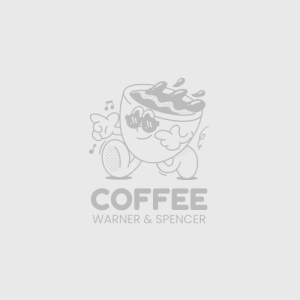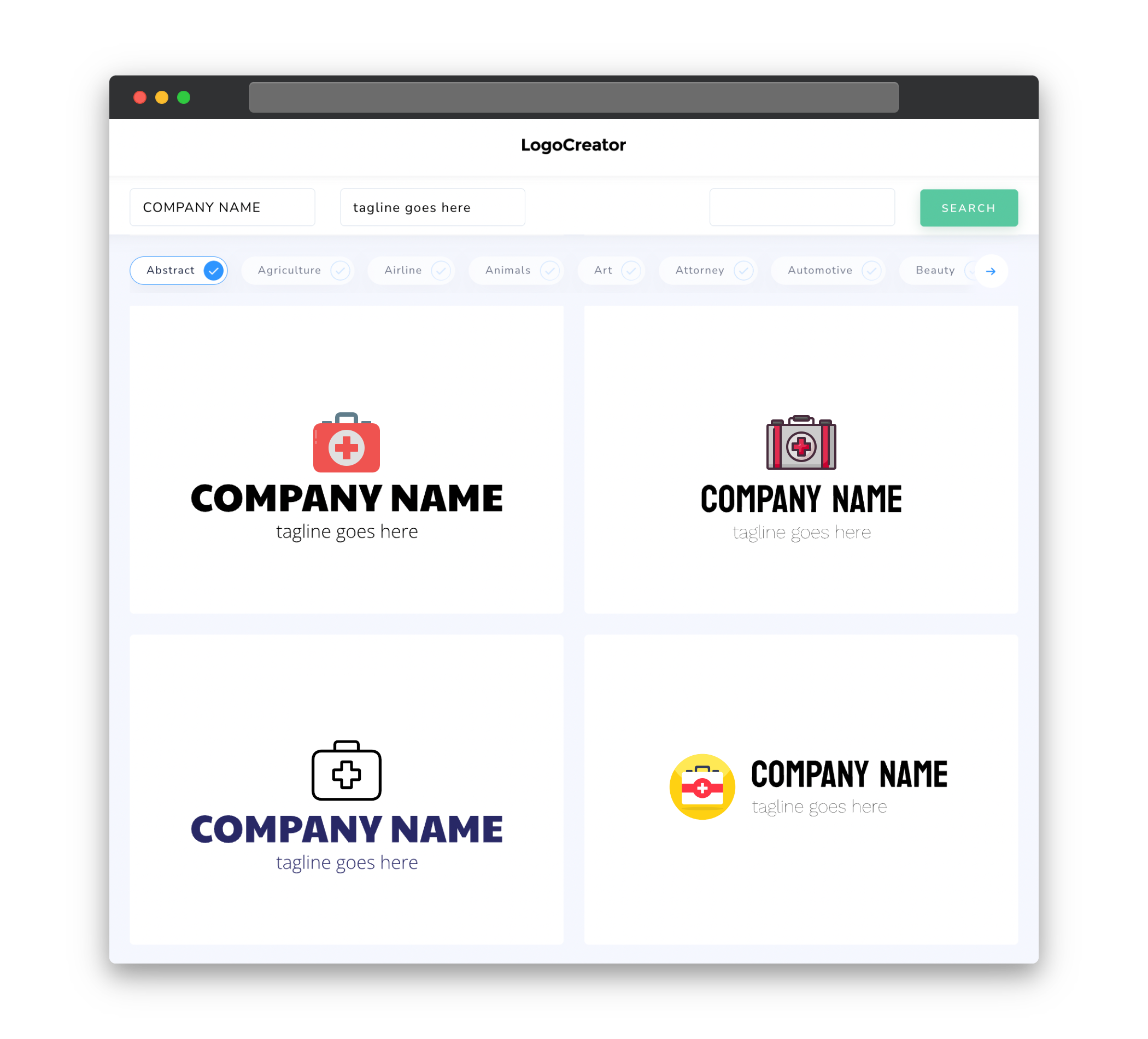Audience
When it comes to creating a logo for your business, it is important to consider your audience. Your target market plays a crucial role in shaping your logo design. Think about the age, gender, and interests of your audience. For example, if your business caters to a younger demographic, you may want to use vibrant colors and modern, sleek icons. On the other hand, if your target market is more mature, a classic and elegant logo might be more appropriate. By understanding your audience, you can create a logo that resonates with them and effectively communicates your brand identity.
Icons
Icons are a key element in logo design as they visually represent your brand. Icons can be abstract or literal, but the key is to choose an icon that captures the essence of your business. For instance, if you own a bakery, a simple and recognizable icon like a loaf of bread or a rolling pin can instantly convey what your business is about. When selecting icons for your logo, it is vital to consider simplicity and scalability. A well-designed icon should be easily identifiable, even when scaled down to small sizes, such as on social media profiles or business cards.
Color
Color has a significant psychological impact on your logo and brand. Different colors evoke different emotions and can have various cultural meanings. For instance, red is often associated with passion, energy, and excitement, while blue symbolizes trust, reliability, and professionalism. When choosing colors for your logo, it is essential to consider your brand personality and the emotion you want to evoke in your target audience. It is recommended to use no more than three colors to maintain simplicity and consistency in your logo design.
Fonts
Fonts convey a particular style and personality in your logo. Just as with icons and colors, it is crucial to choose fonts that align with your brand. If you are a law firm, for example, you may want to choose a classic, serif font to convey professionalism and trustworthiness. On the other hand, if you have a tech startup, a modern, sans-serif font may better represent innovation and forward-thinking. It is essential to choose fonts that are legible in various sizes and formats to maintain brand recognition across different mediums.
Layout
The layout of your logo is how all the different elements come together. It determines the overall composition and balance of your design. A well-structured logo has a harmonious arrangement of icons, text, and any additional graphics. The elements should complement each other and create a cohesive visual identity. It is essential to maintain consistency in the layout throughout your branding materials. This includes ensuring that your logo looks good in different orientations, such as horizontal and vertical, and that it can be easily adapted for different applications.
Usage
Once you have designed your logo, it is important to think about its usage across various platforms and materials. Your logo should be versatile and adaptable to different sizes, formats, and backgrounds. It should look great both online and in print. Consider how your logo will appear on websites, social media profiles, business cards, signage, and other marketing collateral. It is recommended to have different versions of your logo for different purposes, such as a simplified version for small sizes or a monochrome version for black and white printing. By planning for various usage scenarios, you can ensure that your logo remains consistent and impactful across different contexts.



